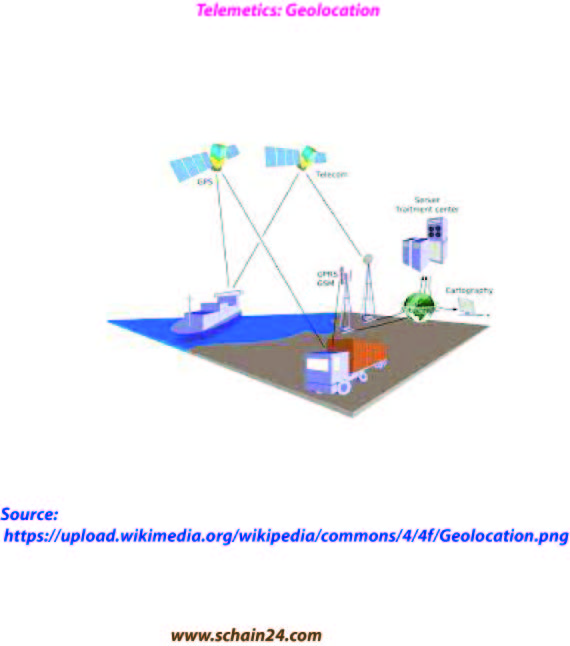Abstract
The industry’s annual semiconductor sales revenue has since grown to over $481 billion, as of 2018. In 2021, the sales of semiconductors reached a record $555.9 billion, up 26.2 percent with sales in China reaching $192.5 billion, according to the Semiconductor Industry Association. To make the semiconductor supply chain sustainable, companies need to focus on environmental processes, social practices, and the economy. In order to generate a sustainable future, supply chains should work to improve the manufacturing process and quality, reduce the environmental impact, and protect labor rights. Take time to learn about semiconductor supply chains so you are informed of their impact on the technological industry. As strains between China and the US worsen over Taiwan, and countries across the world reassess connections with Russia following its war In Ukraine, efforts to de-risk chip technologies are causing a realignment of supply chains according to geopolitical relations.
Keywords: Semiconductor supply chain
Introduction
The semiconductor enterprise is the combination of agencies engaged in the design and fabrication of semiconductors and semiconductor gadgets, which include transistors and incorporated circuits. It formed around 1960, once the fabrication of semiconductor devices became a viable commercial enterprise. Semiconductors are the fourth-most-traded product in the world after crude oil, refined oil, and motors. Semiconductors, being the exceptionally complex merchandise to design and manufacture, seize without a doubt an international supply chain within the literal feel.

Sales in the Semiconductor industry
The industry’s annual semiconductor sales revenue has since grown to over $481 billion, as of 2018. The semiconductor industry is in turn the driving force behind the wider electronics industry with annual power electronics sales of £135 billion ($216 billion) as of 2011, annual consumer electronics sales expected to reach $2.9 trillion by 2020, tech industry sales expected to reach $5 trillion in 2019, and e-commerce with over $29 trillion in 2017. In 2019, 32.4% of the semiconductor market segment was for networks and communications devices. In 2021, the sales of semiconductors reached a record $555.9 billion, up 26.2 percent with sales in China reaching $192.5 billion, according to the Semiconductor Industry Association. A record 1.15 trillion semiconductor units were shipped in the calendar year. The semiconductors is projected to reach $726.73 billion by 2027.
The Semiconductor supply chain
The semiconductor supply chain comprises many steps and procedures that are all needed to keep it functioning and efficient. The semiconductor supply chain twitches with System Companies, travels through EMS, IC Design, IC Manufacturing, IC Assembly & Test, End Consumers, and circles back to System Companies. For supply chain management, the four principles are code compliance, risk assessment, audit participation, and continuous development.
Sustainability
To make the semiconductor supply chain sustainable, companies need to focus on environmental processes, social practices, and the economy. In order to generate a sustainable future, supply chains should work to improve the manufacturing process and quality, reduce the environmental impact, and protect labor rights. Take time to learn about semiconductor supply chains so you are informed of their impact on the technological industry.
The political economy of semiconductor
He said export controls introduced by the US represent a “dismantling of the globalized industry” to rebuild it on a national level, which he believes will disrupt supply chains for the foreseeable future and result in higher costs as companies plow millions into developing localized semiconductor capacity. As strains between China and the US worsen over Taiwan, and countries across the world reassess connections with Russia following its war in Ukraine, efforts to de-risk chip technologies are causing a realignment of supply chains according to geopolitical relations.
Global supply chain
“The new spheres of influence will fall along the US, Europe, Japan, and Korea on one side and then China, India, and Russia on the other. Increasingly, the US is making it more unattractive to buy from countries or companies in those countries that are seen to be outside that sphere of influence, that some of that has to do with technology,” Gordon continued. “We’re in a new world order now. I don’t think we’re going to see any kind of return to the globalized industry. We’re in a post-Covid world and things are changed. The global supply chain is being redesigned.”
New players in the semiconductor supply chain
‘Bangladesh has the potential to ship $3 billion semiconductors in five years.’ Manufacturing IC chips and integrating them into commercial electronic devices constitute probably the most technologically advanced and complex manufacturing value chain. Vietnam, taking advantage of this shift, has attracted multi-billion-dollar foreign direct investment (FDI) in semiconductor manufacturing. Against this backdrop, Bangladesh can position itself to be an active player, particularly in semiconductor packaging. Recent changes in the geopolitical scenario have been compelling the global semiconductor manufacturing sector to diversify its supply chain and relocate some of the process steps to countries that pose lower risks.
Conclusion
The semiconductor supply chain denotes a very buoyant industry with good revenue earnings. China has made progress in some segments but struggles in others. China is strongest in ATP, tools for assembly and packaging, and raw materials. It is progressing in design and manufacturing, albeit with the help of state support. However, China struggles in production inputs: SME, EDA, core IP, and certain materials used in manufacturing.
Reference
- Kamal, Kamal Y. (2022). “The Silicon Age: Trends in Semiconductor Devices Industry” (PDF). Journal of Engineering Science and Technology Review. 15 (1): 110–115. doi:10.25103/jestr.151.14. ISSN 1791-2377. S2CID 249074588. Retrieved 2022-05-26.
- https://www.cips.org/supply-management/news/2022/october/why-semiconductors-are-at-the-heart-of-the-new-world-order/
- https://www.tsmc.com/english/aboutTSMC/dc_infographics_supplychain#:~:text=The%20semiconductor%20supply%20chain%20involves,circles%20back%20to%20System%20Companies.
- https://gjia.georgetown.edu/wp-content/uploads/sites/20/2022/02/digitalize-the-alliance-cover-image-1-2000×1125.jpe
- https://cset.georgetown.edu/publication/the-semiconductor-supply-chain/
- https://www.thedailystar.net/opinion/views/news/bangladesh-can-become-semiconductor-packaging-hub-3322521
- https://youtu.be/BfSNrRm7i_s
- https://rumble.com/v3qakx0-discover-how-semiconductor-technology-is-transforming-the-supply-chain.html




